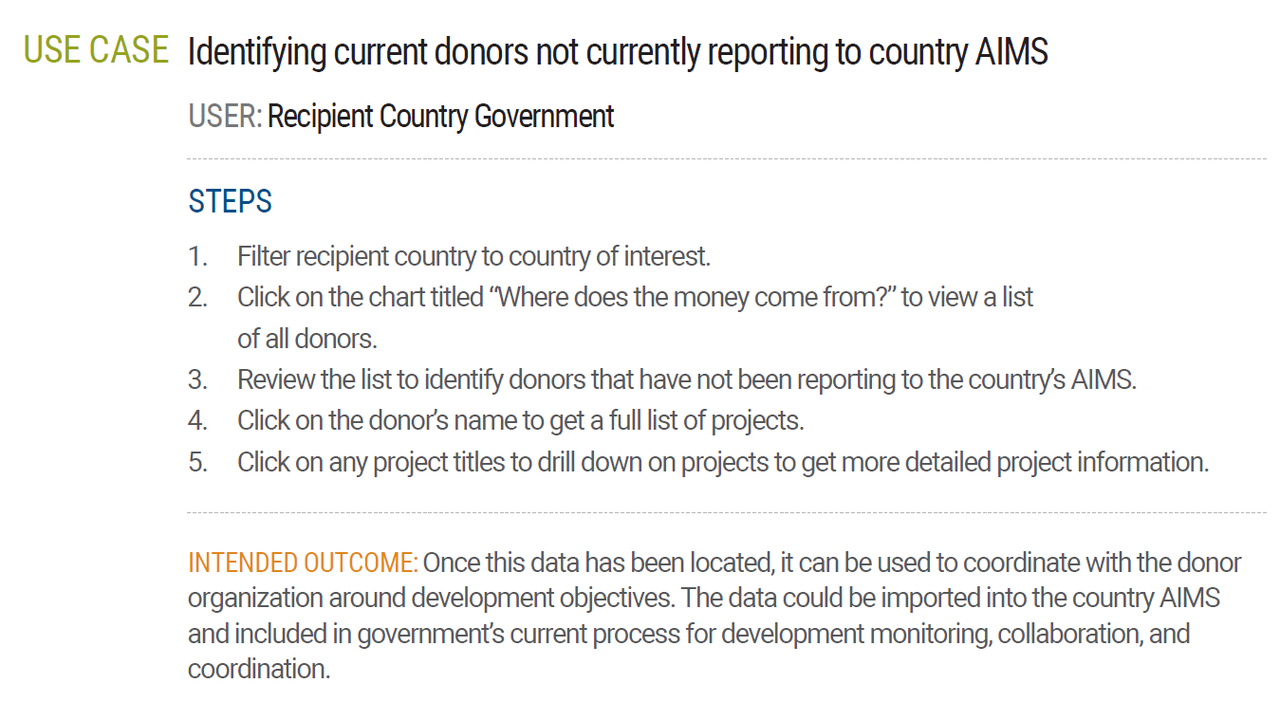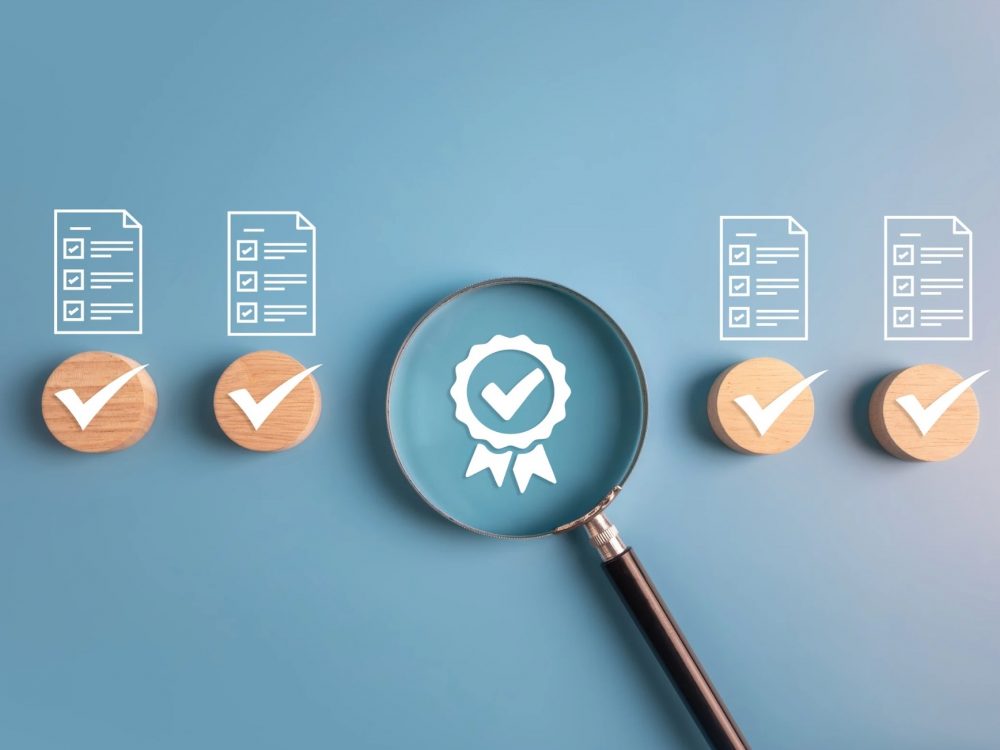Cracking Open the IATI Tool Guide
This post is written by Taryn Davis, Senior Associate at Development Gateway on the launch of new guidance on using IATI data through a range of available tools. The original version of this post can be found on the IATI website here, and you can download and explore the Tool Guide here!
As the number of tools and resources for using and publishing data to the International Aid Transparency Initiative (IATI) continues to increase, it gets harder to keep track of what is available, and how maximize each tool’s benefits. To address this, we at Development Gateway put together the IATI Tool Guide, a one-stop guide to IATI tools and resources.
The IATI Tool Guide is built around key user groups. Simple icons indicate which tools and resources each user group are most likely to benefit from. Use cases give examples and steps on how specific user groups could use the tools to meet their own needs. To use the guide follow these three simple steps:
Step 1
Start by identifying your user group (you may fit into more than one group).

Step 2
Identify what tools are applicable to your user group by reviewing the table of contents and identifying which ones are marked with your user group’s icon color.
Step 3
Once you’ve identified a relevant tool, go to the tool’s section and check out the example use cases applicable to your user group such as the one below for Recipient Countries using d-portal.

In addition to the guidance and tips available, organizations that provide IATI services are listed in the Tool Guide. Icons denote if the organizations provide technical services, or other means of support (or both), to those aiming to use and publish to IATI. We hope that if you’re not able to find a tool or resource here that matches your needs, you’ll be able to identify the organization that can help make that happen.
To create the IATI Tool Guide, we interviewed IATI data publishers, researchers, NGOs, development partners, journalists, and tool builders to create a comprehensive resource, full of applicable use cases.
The creation of the guide was supported by the IATI Data Use Fund, and was launched at the 2018 IATI Technical Advisory Group (TAG) meeting in Kathmandu, Nepal. Please contact support@iatistandard.org with any new tools that you would like to see included in future updates.
Share This Post
Related from our library

Introducing The HackCorruption Civic Tech Tools Repository
Introducing the Civic Tech Tools Repository: an open-source hub of digital solutions to fight corruption. Designed for growth through GitHub contributions, it brings together tools, code, and resources across six key areas for HackCorruption teams and beyond.

From Standardization to Specificity: Localizing Multi-Country Research
Multi-country research must balance consistency with local realities. While standardization allows reliable comparisons and generalizable insights, local context shapes outcomes. This blog explores how programs can strike that balance effectively.

Economic Toll of Tobacco-Related Diseases in Kenya: New Research Findings
Development Gateway: An IREX Venture (DG) is pleased to announce the publication of a research manuscript on the Economic Costs of Tobacco-Related Illnesses in Kenya. This research was carried out as part of the Tobacco Control Data Initiative (TCDI) activities in Kenya and is part of a broader report on Morbidity and Mortality from Tobacco Use in Kenya.